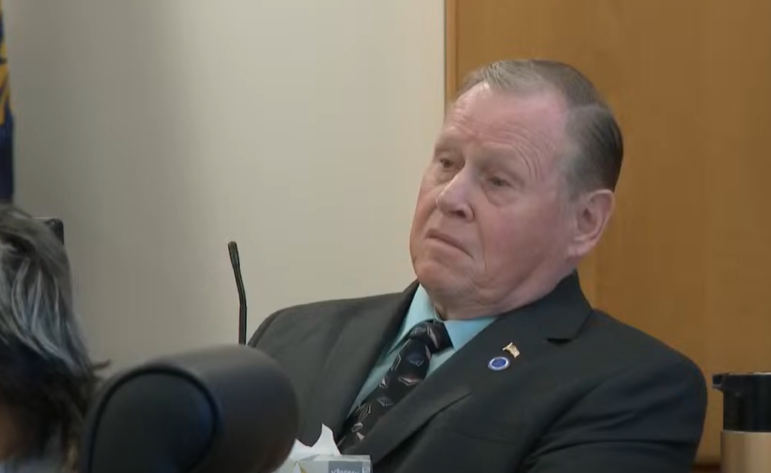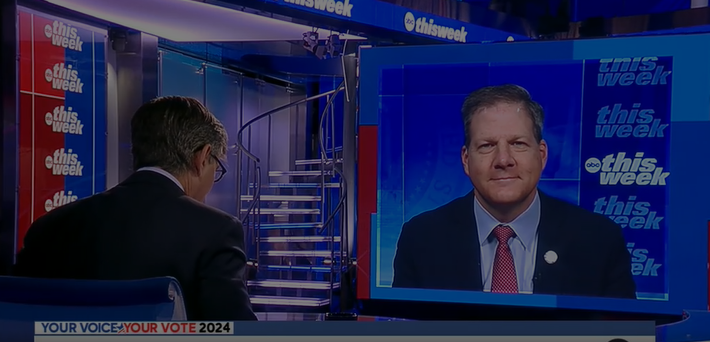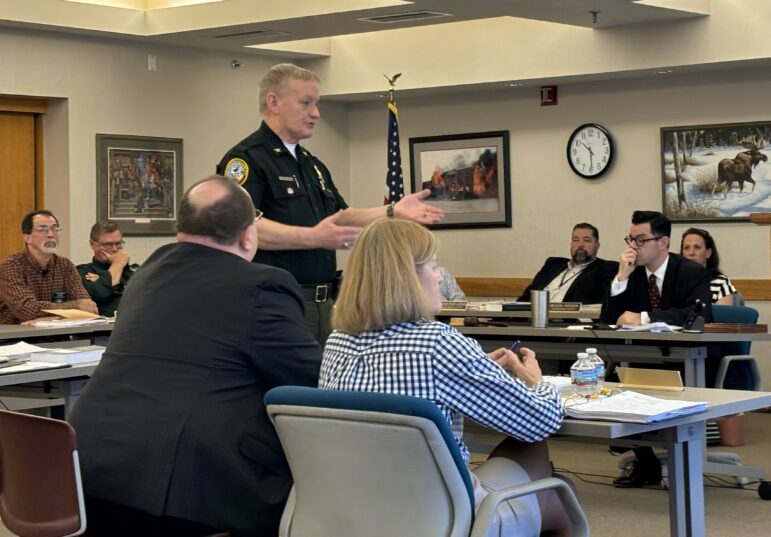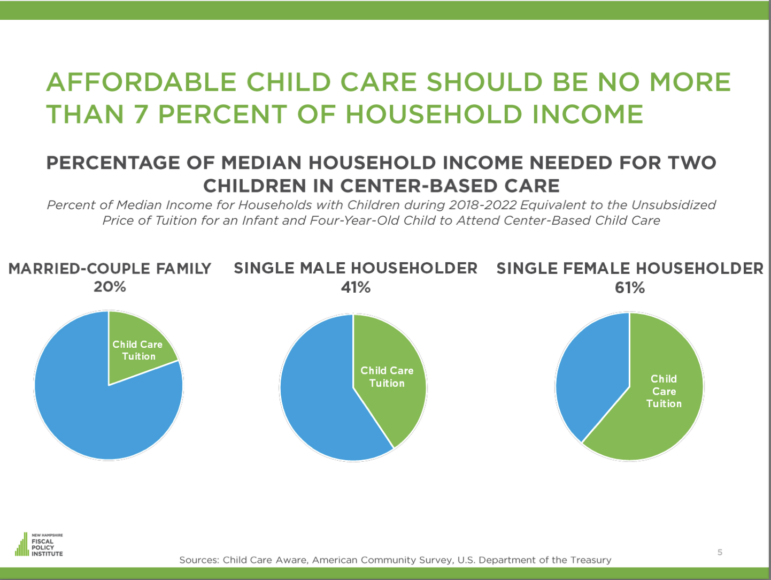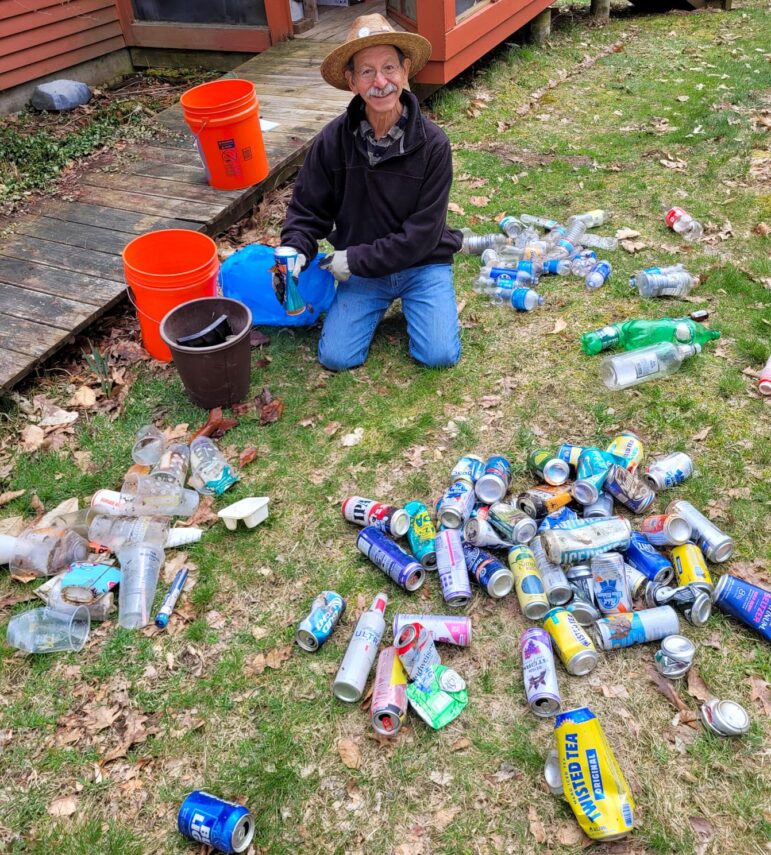Power to the People is a column by D. Maurice Kreis, New Hampshire’s Consumer Advocate. Kreis and his staff of four represent the interests of residential utility customers before the NH Public Utilities Commission and elsewhere. It is co-published by Manchester Ink Link and InDepthNH.org.
By D. Maurice Kreis, Power to the People
Jimmy Carter made us do it.
Specifically, on November 9, 1978, President Carter signed into law one of the most consequential energy statutes in American history: the Public Utility Regulatory Policies Act, commonly referred to by its endearing acronym PURPA.
Before PURPA, there was only one way to produce and sell electricity in the United States: You had to be a vertically integrated public utility, providing service on a monopoly basis, with retail rates set by state regulators and wholesale rates determined by the agency now known as the Federal Energy Regulatory Commission (FERC).
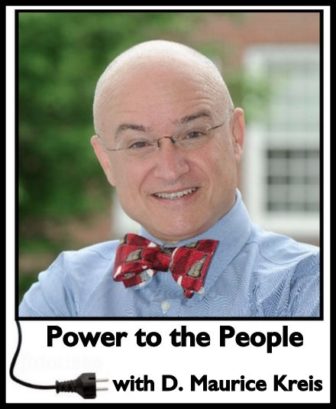
D. Maurice Kreis
This monopoly paradigm was under severe stress during the Carter presidency. Exhibit A is the arrest in May 1977 of some 2,000 protestors at the site of what would become, many years and one Public Service Company of New Hampshire bankruptcy later, the Seabrook nuclear power plant.
PURPA decreed that a new flavor of generator – known as a Qualifying Facility, or QF – could produce power. A QF had to be relatively small – less than 80 megawatts in capacity – and it could not rely on fossil fuel or nuclear energy.
Under PURPA, if a developer built a QF in a utility’s service territory, the utility was required to buy the plant’s electricity output and pay the QF the utility’s so-called “avoided cost” – i.e., what it would have cost the utility to produce the power itself.
It worked. The idea was to create an industry of relatively small-scale independent power producers relying on renewables, waste heat from industrial facilities, and even garbage incineration.
Early success
It worked especially well in New Hampshire. State regulators were tasked with deciding what their utilities’ avoided costs were, and in the 1980s our state’s Public Utilities Commission embraced notably lavish determinations of avoided cost based on longterm projections that proved to be grandiose.

D. Maurice Kreis
Springfield Power biomass plant
The result was a thriving QF industry in New Hampshire: QFs that burned what would have otherwise been waste from the logging industry in Alexandria, Ashland, Bethlehem, Springfield, Tamworth and Whitefield. Trash incinerators sprang up in Claremont and Penacook.
Ultimately, the crack opened up by PURPA became a chasm; industry restructuring at the federal and state levels in the 1990s and 2000s meant that any generator, not just QFs, could sell electricity at wholesale. Utilities were required to divest their generation assets, so the concept of PURPA avoided costs was effectively superseded by wholesale market prices.
Despite the initial boost from PURPA, the wood burners and the trash incinerators have had trouble competing in wholesale markets – particularly after natural gas prices plummeted about a decade ago. To the rescue in 2007 came the Renewable Portfolio Standard, adopted by the Legislature to require utilities and other electricity retailers to purchase various types of “renewable energy credits” (RECs). One class of RECs – Class III – was created especially to help the wood burners that started as PURPA qualifying facilities.
It is against the backdrop of this history of financial aid, 100 percent paid for by electricity customers, that legislators and opinionmakers should consider Governor Sununu’s veto of Senate Bill 365 as an override vote looms on September 13.
The manager of the Springfield facility was refreshingly candid with the Valley News. As reported in that paper on August 4, he said the Springfield Power facility needs to be paid 8 cents per kilowatt-hour – or $80 per megawatt-hour – to survive. For much of the year, the wholesale market price of a megawatt of electricity is in the $20-$30 range. REC revenues are typically around $20 per megawatt, the manager said.
By vetoing SB 365, the Governor decided that ratepayers should not continue to prop up the wood burning and garbage incineration industry that PURPA brought to New Hampshire. What is bad news for the forest products industry, and the distant owners of the wood burning facilities, is good news for ratepayers.
Valley News report
In recent weeks the victims of the bad news have been drowning out the beneficiaries of the good news. Nobody organizes rallies to defend actions that will save residential customer about $10 a month on their electric bills. The Valley News does not write sympathetic features about consumers who pay subsidies, even if they have “a burly woodman’s physique and white Santa Claus beard” (to quote the paper’s description of Springfield Power’s manager).
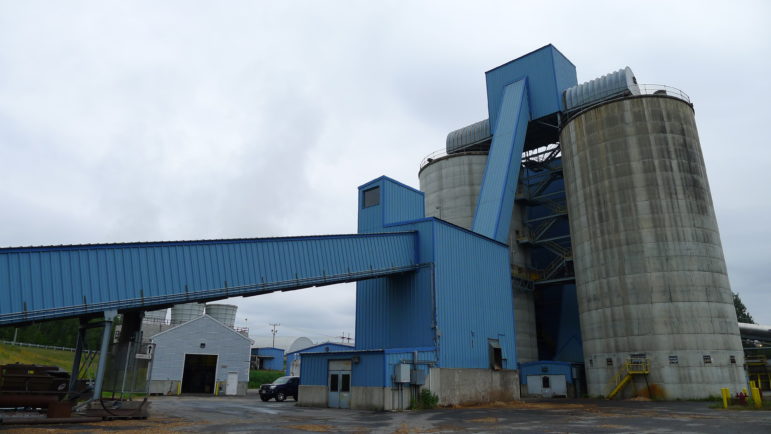
D. Maurice Kreis
Springfield Power biomass plant
Perhaps that’s as it should be. Turning off the subsidy spigot, 40 years after President Carter signed PURPA into law, will have real consequences. The struggle to maintain a viable forest products industry – an issue throughout northern New England – will get tougher.
But as the state’s official advocate for residential utility customers, I am compelled to point out that overriding the Governor’s veto of SB 365 will also have consequences – ones that pose yet another threat to the restructuring process that was supposed to free consumers from the yoke of uneconomic investments in generation technology.
If it becomes law, SB 365 would require electric utilities to pay the wood and garbage burners 80 percent of what the utilities pay their providers of default energy service. Each utility conducts a semi-annual bidding process to pick the best offer from wholesale providers for service to customers who do not choose a retail supplier.
Wholesale suppliers currently make their bids on the assumption they will serve 100 percent of the utility’s default energy service load. But under a system in which some portion of that load will be served by these outside generators, bidders will do one of two things.
Volatile prices
They will increase their bids, in light of the added risk, which will make default energy service more expensive. Or they won’t bid at all, which raises the prospect of a failed auction. That could lead to a desperation scenario in which utilities might have to procure default service via the hourly “spot” market, where prices are volatile.
By volatile I mean: When there is surplus energy, the prices sometimes even go negative. But when it is super-hot or super-cold, prices can approach the cap of $1,000 per megawatt. Users of default energy service are typically less sophisticated and less wealthy than customers who take the time to choose competitive suppliers. In other words, they are the electric customers who can least afford the kind of default energy service that would be subject to crisis pricing.
Those crisis prices for default energy service will be in addition to the $15-$20 million per year in “over market” costs which the PUC estimates would be added to stranded cost charges paid by all customers (even those not on default energy service). That $15-20 million is the difference between the market price of electricity and what the PURPA QFs would get under SB 365.
PURPA was a great idea in its day, but perpetuating its approach to fuel diversity in the electric industry would amount to using a 1978 solution to address a 2018 problem. So I hope legislators will at least think about ratepayers, and proceed with caution, as they ponder whether to override the Governor’s veto of SB 365.

